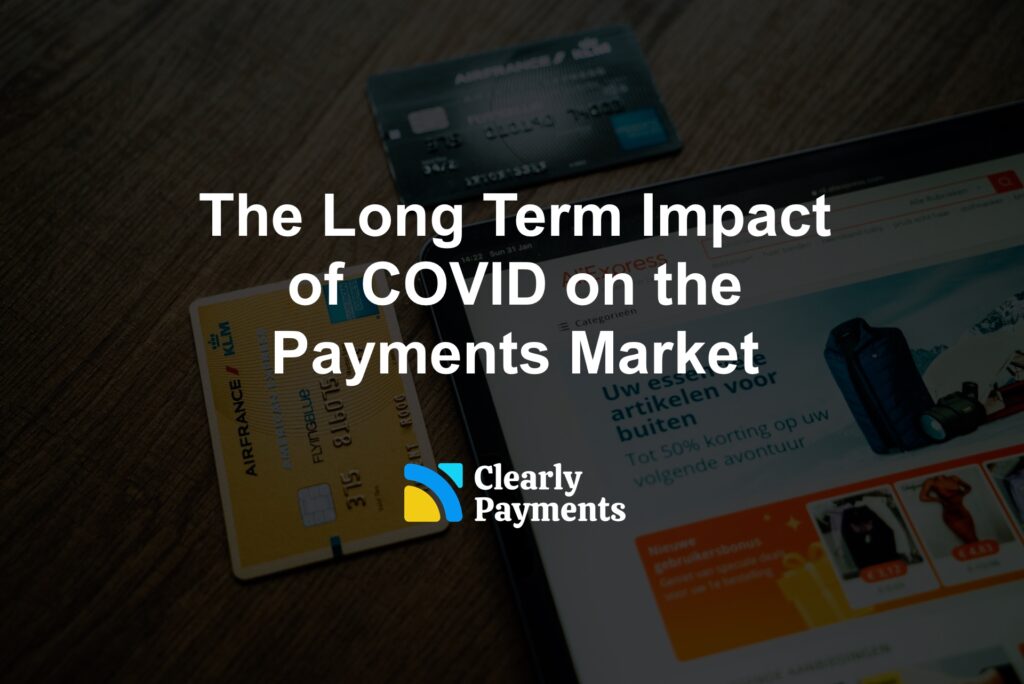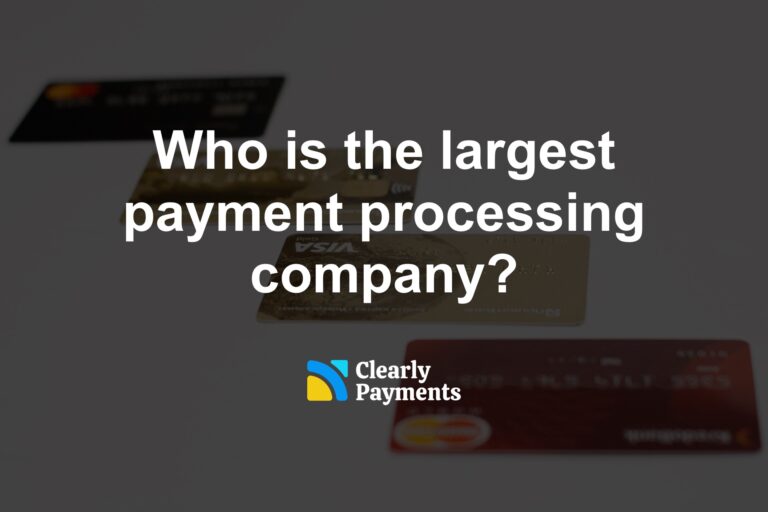The COVID-19 pandemic has reshaped the payment processing industry, which has undergone rapid transformation in response to the challenges of the pandemic.
In 2024, it is clear that the changes initiated during the pandemic are not just temporary adjustments but sticky shifts that continue to define the industry’s trajectory.
This article covers the impact of COVID-19 on payment processing, supported by data, facts, and statistics that highlight the scope and scale of these changes.
An Accelerated Shift to a Cashless Society
The shift from cash to digital payments, which was already underway before the pandemic, was dramatically accelerated by COVID-19. As lockdowns and social distancing measures took effect, consumers were forced to adopt digital channels for shopping and payments, leading to a significant rise in e-commerce.
- E-commerce Growth: According to a report by the UN Conference on Trade and Development (UNCTAD), global e-commerce sales surged by 27.6% in 2020, reaching $4.28 trillion. This growth trajectory has continued, with 2023 seeing e-commerce sales surpass $5 trillion for the first time.
- Cash Usage Decline: The World Bank reported that cash usage in advanced economies declined by nearly 50% during the pandemic, with consumers opting for digital and contactless payment methods instead.
This shift has placed immense pressure on payment processors to innovate and scale their digital offerings, ensuring they can handle the increased volume of transactions while maintaining security and user experience.
Rise in Contactless Payments
Contactless payments emerged as a safer, more hygienic alternative to cash during the pandemic. Consumers quickly embraced mobile wallets and tap-to-pay cards, driven by the desire to minimize physical contact during transactions.
- Contactless Adoption: Contactless transaction values reached $2.5 trillion in 2021, a 25% increase from 2020. By 2023, contactless payments accounted for over 50% of all in-person transactions in many developed markets.
- Mobile Wallet Usage: The use of mobile wallets, such as Apple Pay, Google Pay, and Samsung Pay, saw a 29% increase globally in 2020. In the United States alone, the number of mobile wallet users grew from 64 million in 2019 to over 100 million by 2022.
Contactless payments are no longer just a convenient option but have become the default method of payment for many consumers. Payment processors are now focused on enhancing the contactless experience, integrating loyalty programs, and offering seamless payment experiences across devices and platforms.
Increased Fraud Risks
The rapid shift to online and digital payments brought with it an increase in fraud and cybersecurity threats. Cybercriminals capitalized on the vulnerabilities exposed by the sudden digital transformation, leading to a surge in payment fraud.
- Rise in Fraud: According to a report by the Association of Certified Fraud Examiners (ACFE), payment fraud increased by 35% in the first year of the pandemic. The U.S. Federal Trade Commission (FTC) reported that Americans lost over $5.8 billion to fraud in 2021, a 70% increase compared to 2020.
- Investment in Security: In response, payment processors invested heavily in advanced security measures. Global spending on fraud prevention solutions reached $10.4 billion in 2022, up from $7.5 billion in 2019. This investment is expected to grow as payment processors seek to stay ahead of increasingly sophisticated cyber threats.
The emphasis on security has led to the widespread adoption of technologies such as tokenization, biometric authentication, and AI-driven fraud detection.
These technologies have become essential components of the modern payment processing infrastructure, ensuring that digital transactions are both convenient and secure.
Growth of Subscriptions and Recurring Payments
The pandemic catalyzed a significant shift in business models, with many companies moving toward subscription-based offerings. This shift has created new opportunities and challenges for payment processors, particularly in managing recurring payments.
- Subscription Economy Growth: The subscription economy has grown by over 435% in the last decade, with the pandemic further accelerating this trend. Subscription-based companies grew revenue by 11.6% in 2020, compared to the S&P 500’s 1.6% decline.
- Recurring Payment Solutions: Payment processors have had to adapt by offering solutions that support automated billing, recurring payments, and subscription management. This has included the development of APIs and platforms specifically designed to handle the complexities of subscription-based transactions, such as managing multiple billing cycles, proration, and cancellations.
As the subscription model becomes increasingly prevalent across industries, payment processors are focused on enhancing the flexibility and reliability of their recurring payment solutions, ensuring they can meet the evolving needs of businesses and consumers alike.
Growth of Cross Border Payments
The pandemic underscored the importance of global reach for businesses, leading to a surge in demand for cross-border payment solutions. With more companies expanding their e-commerce operations internationally, payment processors have had to develop and integrate global payment solutions that facilitate seamless international transactions.
- Cross-Border E-commerce Growth: Cross-border e-commerce grew by 21% in 2020. By 2023, it accounted for over 20% of global e-commerce, with a market value exceeding $1 trillion.
- Demand for Multi-Currency Solutions: Payment processors have responded by offering multi-currency payment processing, dynamic currency conversion, and localized payment methods. This allows businesses to cater to international customers more effectively, reducing friction and improving conversion rates.
The ongoing globalization of commerce has made it imperative for payment processors to offer robust and scalable cross-border solutions. This includes addressing regulatory challenges, managing currency exchange risks, and ensuring compliance with local payment standards.
Serving the Needs of the Underbanked
- Financial Inclusion Initiatives: According to the World Bank, over 1.7 billion adults globally remain unbanked, with the majority residing in developing countries. In response, payment processors and fintech companies have launched initiatives to promote financial inclusion, such as mobile money services and digital wallets that do not require a traditional bank account.
- Impact of Digital Financial Services: The GSMA’s Mobile Money report highlighted that over 1 billion people used mobile money services in 2021, with the number continuing to grow as more people gain access to digital financial services. These services have played a critical role in providing financial access to those previously excluded from the formal financial system.




